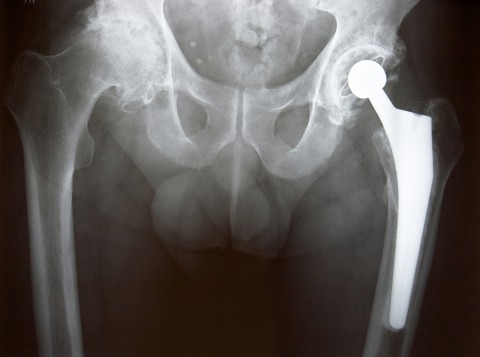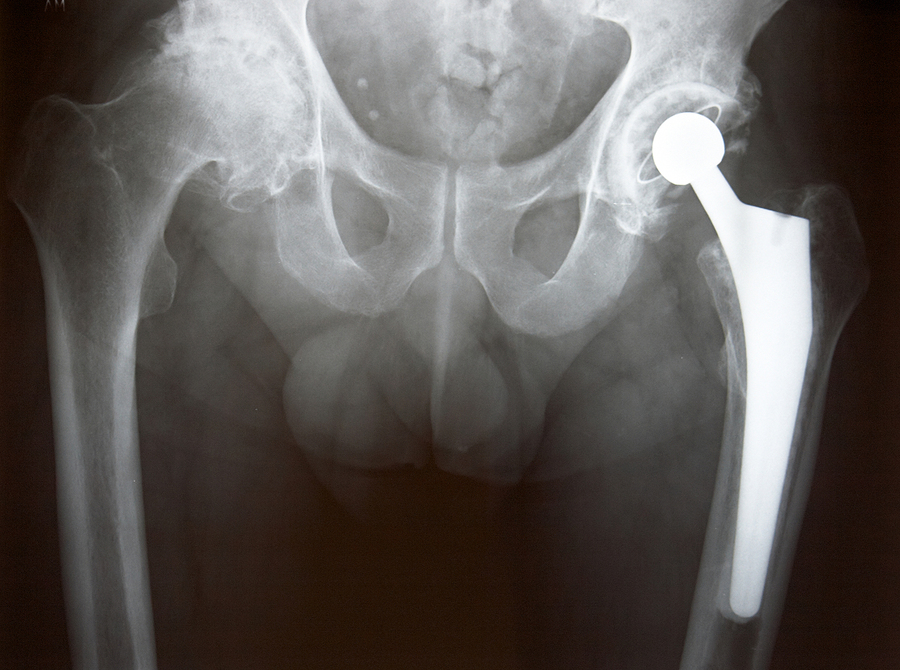 Hip and knee replacement surgeries are common in hospitals across the United States, and Medicare has begun examining how well patients fared afterward.
Hip and knee replacement surgeries are common in hospitals across the United States, and Medicare has begun examining how well patients fared afterward.
There were 719,000 total knee replacements in the United States in 2010 and 332,000 total hip replacements, according to the National Hospital Discharge Survey.
In response, Medicare recently published a list identifying the best and worst hospitals for hip and knee replacements, taking into consideration how often patients were readmitted within 30 days of discharge and how often patients suffered serious post-operative complications, like blood clots, infections, problems with the joint and death.
Medicare identified the hospitals that were most and least likely for elderly patients to face setbacks. Ninety-five hospitals were identified as the most likely for elderly patients to have setbacks. Ninety-seven hospitals were named as places where patients were most likely to have a smooth recovery.
Nine hospitals had the double stigma of both high readmission rates and high numbers of complications. They were: Froedtert Hospital (Milwaukee), Grant Medical Center (Columbus, Ohio), Mercy St. Anne Hospital (Toledo, Ohio), Northwestern Memorial Hospital (Chicago), Pennsylvania Hospital (Philadelphia), Peterson Regional Medical Center (Kerrville, Texas), Reston Hospital Center (Reston, Va.), Shannon Medical Center (San Angelo, Texas) and Southside Regional Medical Center (Petersburg, Va.).
Of the 97 favorably rated hospitals, 25 were singled out being above average in terms of both readmissions and complication rates. Those 25 hospitals were a mixture of large facilities, local facilities and specialty facilities, like ones that are owned by physicians.
To compare all hospital results, visit here.
To calculate the data, Medicare said it compared each hospital to the U.S. national hip/knee complication rate:
“If the interval estimate includes and/or overlaps with the national crude hip/knee complication rate, the hospital’s performance is in the ‘no different than U.S. national rate’ category. If the entire interval estimate is below the national crude hip/knee complication rate, then the hospital is performing ‘better than U.S. national rate,’” according to Medicare.gov. ”If the entire interval estimate is above the national crude hip/knee complication rate, its performance is ‘worse than U.S. national rate.’”
The data measured the likelihood of complications like pneumonia, bleeding at the surgical site or sepsis. They also looked at incidences of pulmonary embolisms, acute myocardial infarctions and various infections.
Some of the poorly rated hospitals have complained that the Medicare assessments were outdated and said they have since improved their procedures. The hospitals potentially have a lot at stake because Medicare expects to include readmission of hip or knee patients to the data it examines when penalizing healthcare facilities.









